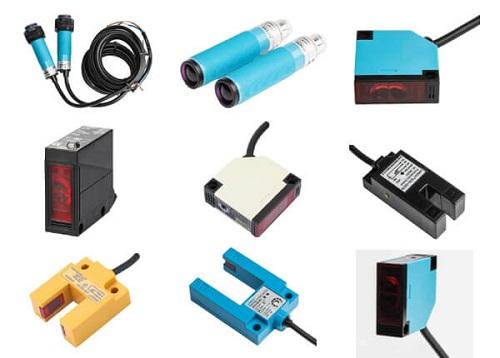Weather plays a crucial role in our daily lives, affecting everything from agriculture to transportation. With the increasing frequency and intensity of extreme weather events, having accurate and timely weather data has become more important than ever. This is where weather station equipment comes into play.
A weather station is a collection of instruments used to measure and record various atmospheric conditions, such as temperature, humidity, wind speed and direction, precipitation, air pressure, and solar radiation. Weather stations can be installed in various locations, including on rooftops, in fields, or even on top of a mountain.
To ensure accurate weather data, it is essential to choose the right weather station equipment. Here are some of the key components to consider when selecting weather station equipment:
Temperature Sensor
Temperature sensors are perhaps the most crucial component of a weather station. They measure the ambient temperature and record it at regular intervals. There are several types of temperature sensors available, including thermistors, thermocouples, and resistance temperature detectors (RTDs).
Humidity Sensor
Humidity sensors measure the amount of moisture in the air. They can be either capacitive or resistive, with the former being more accurate. Humidity sensors are essential for monitoring weather conditions in areas with high humidity, such as tropical regions.
Anemometer
An anemometer measures wind speed and direction. It consists of cups that rotate in the wind and a mechanism that converts the rotational motion into an electrical signal. Anemometers come in various shapes and sizes, and their accuracy depends on factors such as the number of cups and the quality of the bearings.
Rain Gauge
A rain gauge measures the amount of precipitation that falls over a particular period. There are several types of rain gauges, including tipping bucket gauges, weighing gauges, and optical gauges. Tipping bucket gauges are the most common and work by measuring the number of times a bucket tips over when it fills with rainwater.
Barometer
A barometer measures atmospheric pressure, which is an important indicator of weather patterns. Barometers can be either mercury or aneroid, with the latter being more commonly used in weather stations. Aneroid barometers use a small capsule that expands and contracts as air pressure changes, which is then converted into an electrical signal.
Solar Radiation Sensor
Solar radiation sensors measure the amount of solar radiation that reaches the earth's surface. This data is essential for monitoring weather conditions and predicting the behavior of solar-powered systems.
In addition to these components, there are other considerations when selecting weather station equipment, such as the range of measurement, accuracy, and reliability. It is also essential to choose weather station equipment that is compatible with the data acquisition system and software being used.
Weather station equipment has come a long way in recent years, with many models featuring wireless connectivity and remote monitoring capabilities. This allows users to access weather data in real-time and make informed decisions based on the latest information.
In conclusion, choosing the right weather station equipment is critical for accurate weather data. Whether you are a farmer, pilot, or simply someone who enjoys monitoring weather patterns, investing in high-quality weather station equipment is essential. By understanding the key components and factors to consider, you can select weather station equipment that meets your needs and provides reliable and timely weather data.
